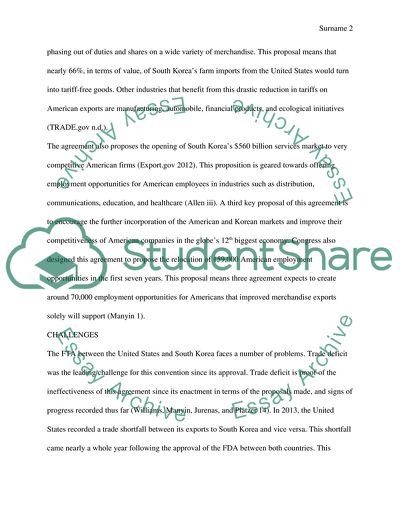Cite this document
(“FTA Between Korea and U.S Research Paper Example | Topics and Well Written Essays - 1750 words”, n.d.)
Retrieved from https://studentshare.org/macro-microeconomics/1691957-fta-between-korea-and-us
Retrieved from https://studentshare.org/macro-microeconomics/1691957-fta-between-korea-and-us
(FTA Between Korea and U.S Research Paper Example | Topics and Well Written Essays - 1750 Words)
https://studentshare.org/macro-microeconomics/1691957-fta-between-korea-and-us.
https://studentshare.org/macro-microeconomics/1691957-fta-between-korea-and-us.
“FTA Between Korea and U.S Research Paper Example | Topics and Well Written Essays - 1750 Words”, n.d. https://studentshare.org/macro-microeconomics/1691957-fta-between-korea-and-us.


